For lunch or for a quick snack, there is nothing better than a sandwich. A tasty bite with illustrious origins (link). Famous all over the world with different ingredients and preparations, the sandwich represents with simplicity the history and culture of every population. If in Italy one can choose between pucce, tramezzini and panini with the fifth quarter, abroad the offer becomes even wider: citing all the sandwiches at an international level is an impossible endeavour, but we still wanted to go around the world in 20 characteristic specialties.
Sandwiches of the world to try
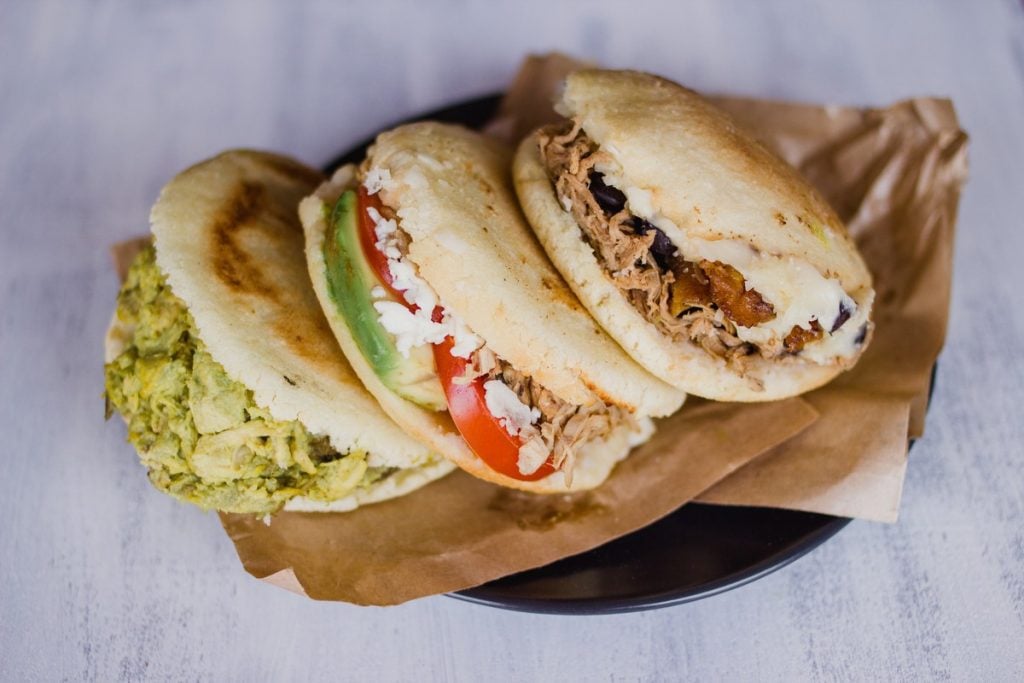
Arepas - Venezuela and Colombia
Round buns made with corn flour cooked in the oven and then stuffed with various ingredients: arepas are a popular, thrifty and democratic food typical of Venezuela and Colombia, whose origins date back to the Spanish conquest in pre-Columbian times, when the natives used to cultivate corn and use it for various preparations to gift to the gods. In Colombian cuisine, arepas de huevo are also famous, fried yellow corn rolls stuffed with a whole egg, to be eaten at any time of day, from breakfast to snack time. Curiosity: arepas were also represented in the Pixar film of 2021 Encanto, the story of a Colombian family in which all members (except the main character) have magical powers. Mother Julieta's is the ability to heal wounds with food, for example arepas.
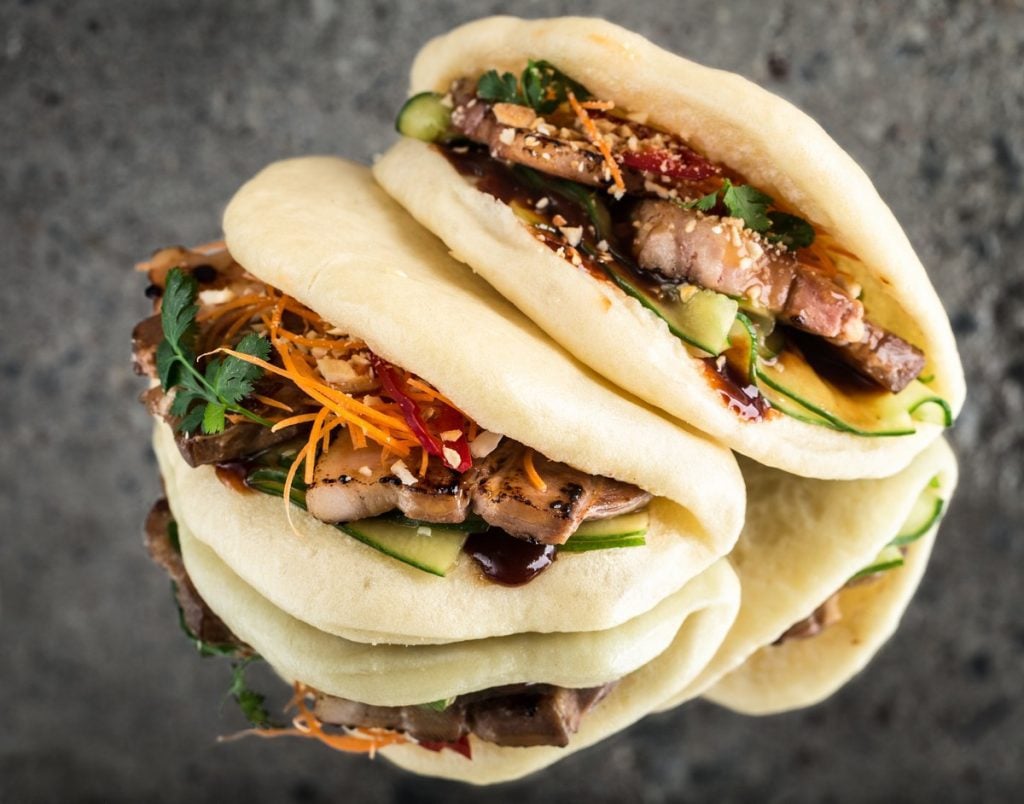
Bao - China
An imaginative but very fascinating legend is behind the Chinese steamed bun. In the period of the Three Kingdoms, the strategist Zhuge Liang was returning home with his troops after defeating a king, when he encountered a river that was impossible to cross: a local barbarian explained to him that in the past people sacrificed men by offering gods their heads so they could get to the other side. Zhuge Liang was unwilling to do this, so he kneaded his steamed buns in the shape of human heads, stuffing them with meat to maintain their shape, and tossed them into the water. The deities found the offer very exciting, so they opened the waters and let the soldiers pass. Steamed bao probably originated in Northern China but quickly spread to other eastern countries as well, where they are known by different names and prepared with local variations.
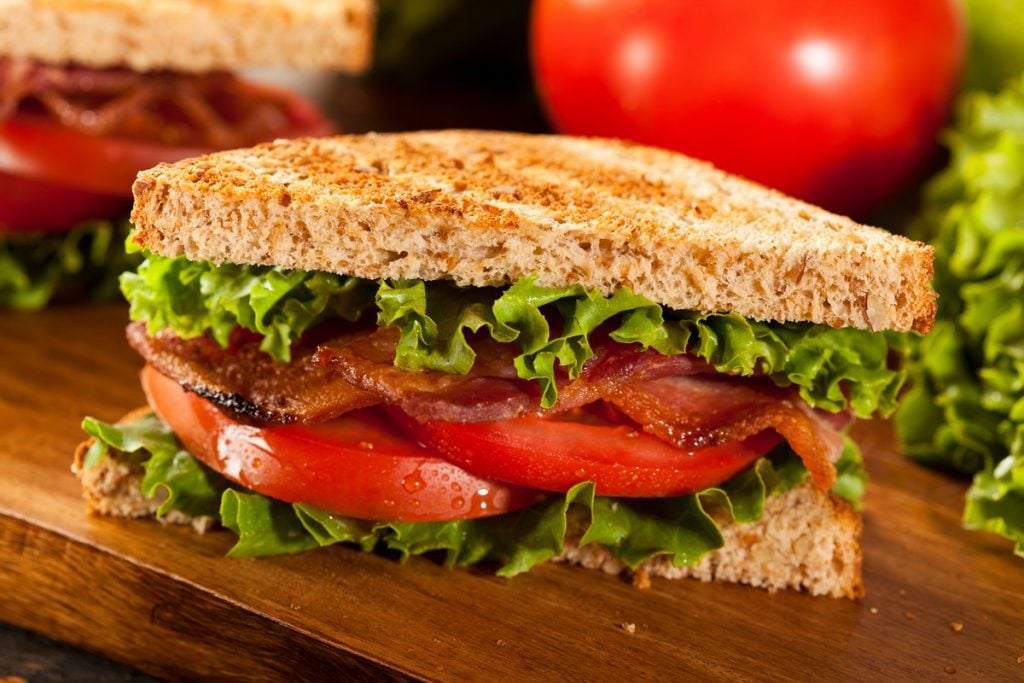
BLT - UK and USA
Bacon, Lettuce and Tomato. A very simple sandwich stuffed between slices of bread spread with a veil of mayonnaise. A specialty of Anglo-Saxon origin that's very popular in America, the BLT has its roots in the English countryside of the Victorian era, where bacon sandwiches were prepared for tea time. The first written recipes date back to the 1920s and are found in old British recipe books, but it is the States that made the sandwich famous after WWII. In that period, as a matter of fact, lettuce and tomatoes began to circulate in supermarkets and women began working outside the household, and therefore needed a quick and tasty meal for their lunch break.
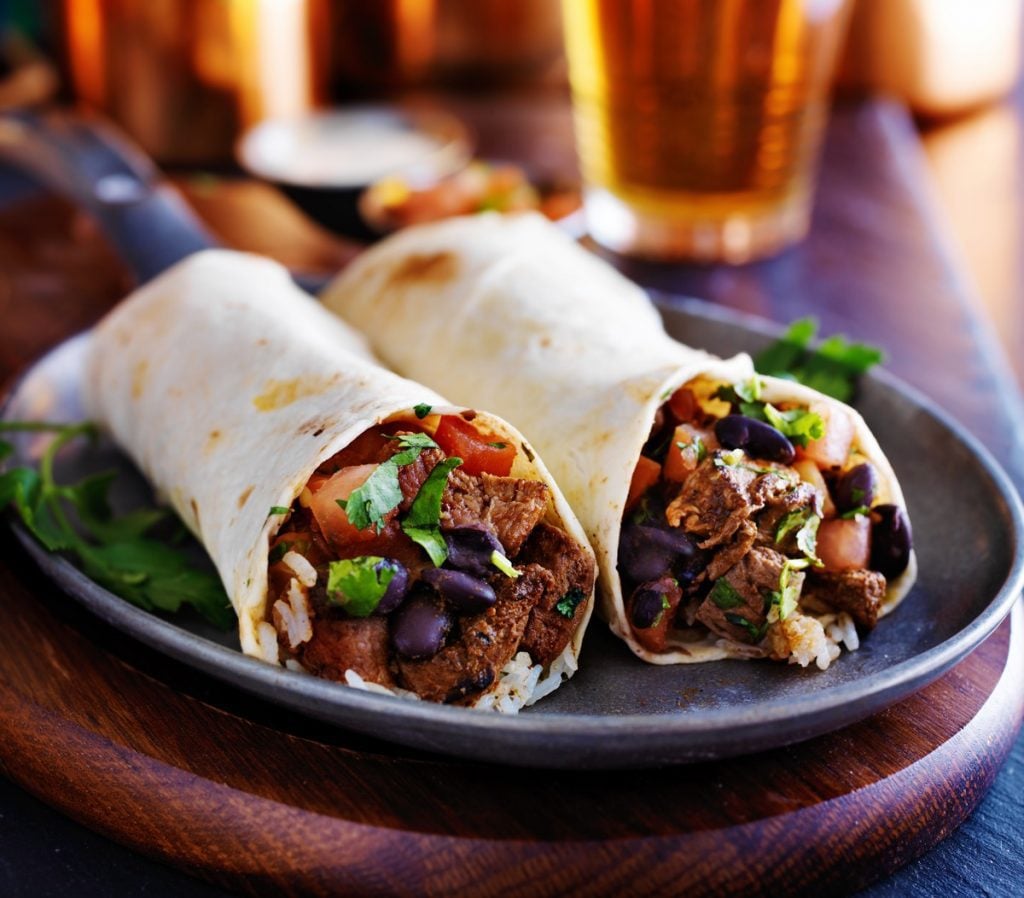
Burrito - Tex Mex
As a specialty of tex mex cuisine, the burrito is a wheat flour tortilla rolled and stuffed with ground meat and vegetables. There are many rumors about the origin of the name, probably due to the shape of the dish that resembles a rolled up sleeping bag, usually carried on the back of mules ("burro" in Spanish means donkey). There are also those who believe it is linked to the street vendor Juan Mendez, who between the 1910s and 1920s first started selling tacos in the city of Juárez riding a donkey: to keep the dishes warm, he wrapped them in a large flour tortilla, which soon became so popular with customers that it began to be in more demand than tacos.
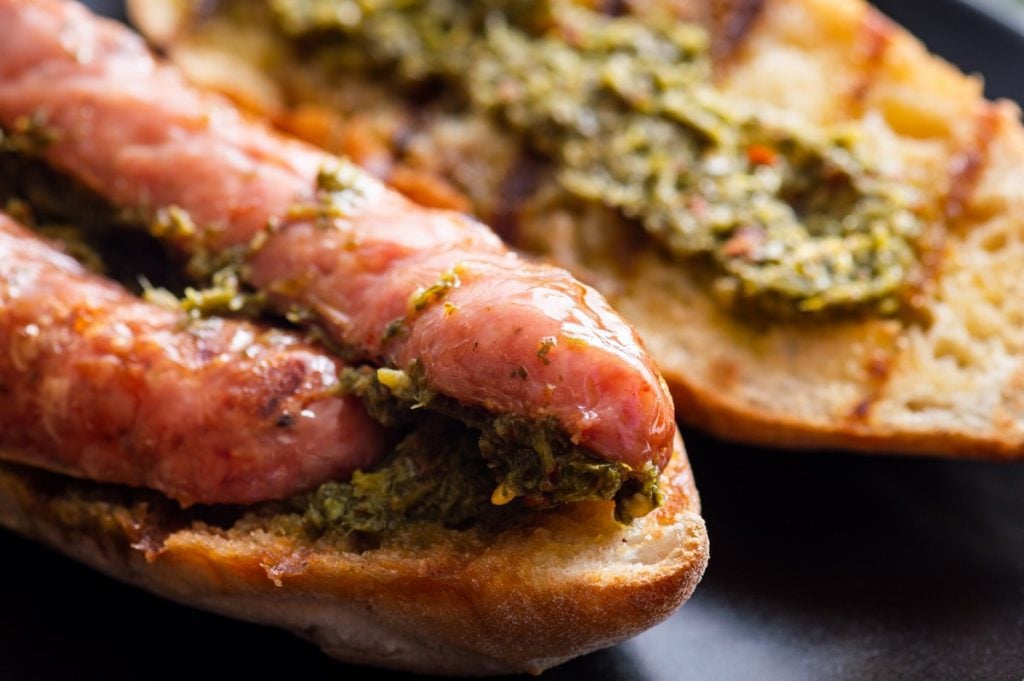
Choripan - Argentina
A South American version of the US hot dog is the choripan, a must-taste sandwich enjoyed at summer barbecues. A long loaf of bread filled with chorizo was born in the Argentine countryside, a tasty and spicy sausage. To season everything, chimichurri sauce, a condiment made of parsley, oregano, garlic and chilli, used to accompany various dishes. According to legend, it was invented by Jimmy McCurry, an Irish soldier who had at heart the cause of Argentina's independence, a foreigner whose name was too difficult for the local population, who would then mangle the name to become, over time, chimichurri.
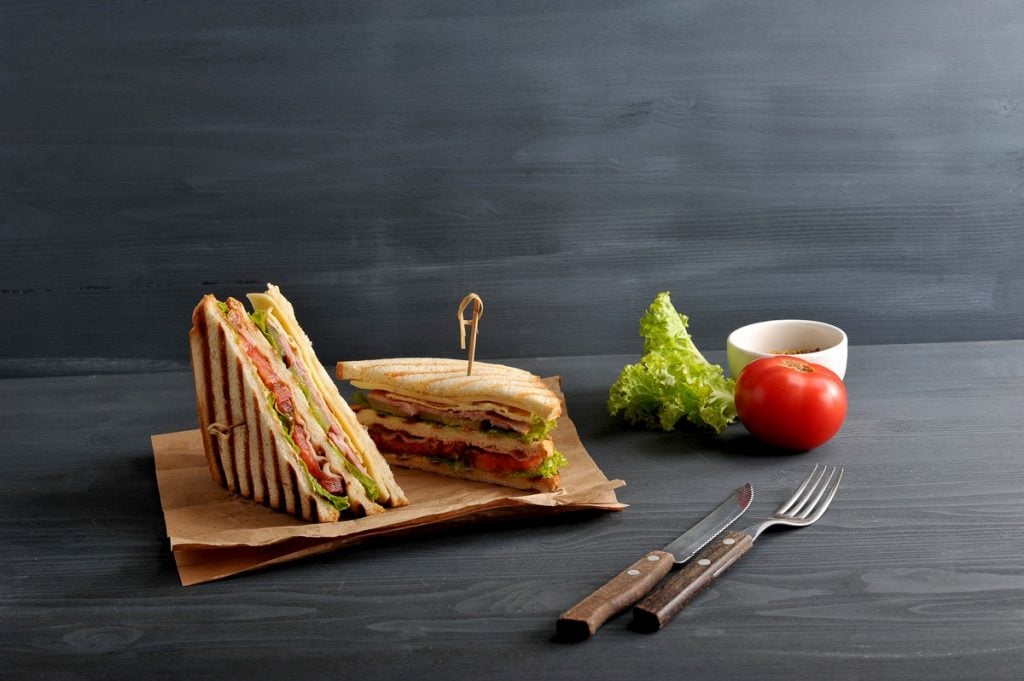
Club sandwich - United States
Tasty, inviting, caloric, irresistible: the club sandwich is one of those temptations to which one cannot say no. According to a popular tale it was Danny Mears, chef of the gambling club Saratoga Club House in New York, who invented the recipe for the first time in 1899, although many argue that credit is instead due to Richard Canfield, the owner of the restaurant, who prepared the sandwich using all the leftovers to please the ladies who wanted to eat something after the closing of the kitchen. Whatever the origin, it is a layered sandwich made with white bread and stuffed with grilled chicken, bacon, tomatoes, lettuce and mayonnaise.

Croque Monsieur - France
Croquer, bite and monsieur, sir. These are the words that make up the name of the famous French sandwich, now also popular in many Italian pastry shops and coffee bars, probably born by mistake. It is said that some workers left their lunch too close to a radiator and on their return they found the bread was toast and the cheese had melted, thus discovering a new and pleasant snack. Another version instead maintains that in 1901 a chef used sandwich bread instead of baguette, stuffed it with ham and cheese and heated everything until it became crisp (the first written testimony, however, is on the menu of a Parisian café from 1910). An equally famous variant of the sandwich, the Croque Madame, always with grilled ham and cheese is added with a fried egg on top.
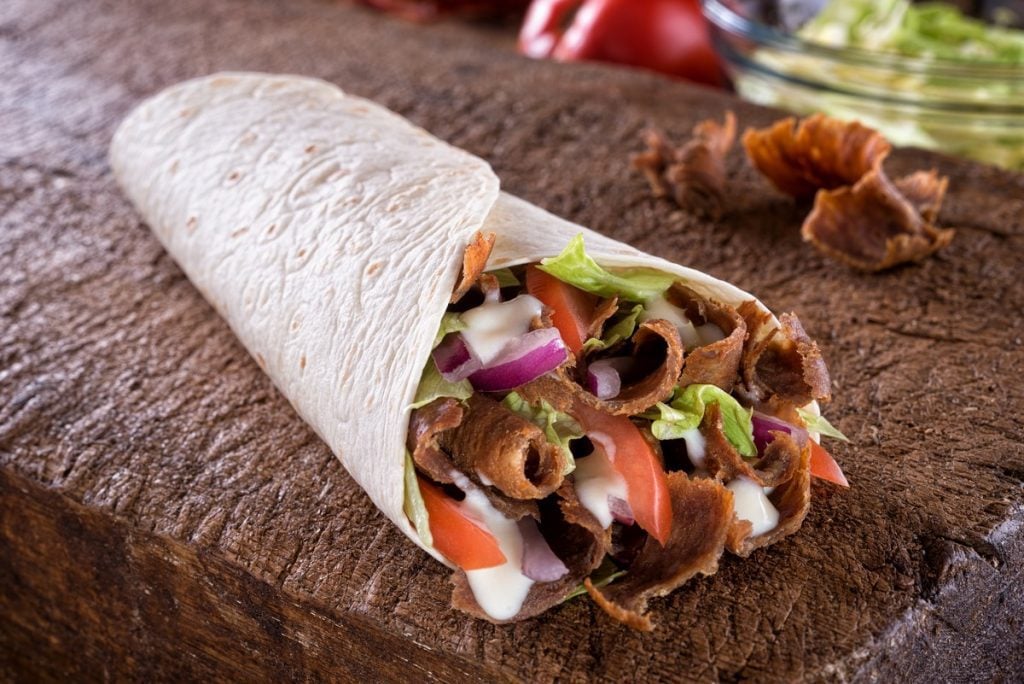
Döner kebab – Middle East
A widespread and beloved dish from all over Europe, of ancient origins, partly mysterious, with many different back stories. Everyone agrees that kebab, probably born in the Middle Ages thanks to the Persian soldiers who used swords to grill meat on the fire in the open field, then spread throughout the East due to the lack of fuel that made cooking larger foods difficult. A simple, affordable but tasty dish, which arrived in Italy in the 1990s after passing through Northern Europe with Middle Eastern emigration, popular first in Turin and Milan, then in all other Italian cities. The current version, the most modern, is about fifty years old and is the one created by Turkish immigrants in Germany, Mehmet Aygün and Kadir Nurman, two youngsters who gave birth to a true gastronomic phenomenon. Owners of a traditional Turkish restaurant, the two decided to put the meat - until then served on the plate - in a sandwich, and to use the roasting spit vertically keeping the temperature low and constant so as to serve as many people as possible. And thus the 1970s, finally, the döner (rotating) kebab was born.
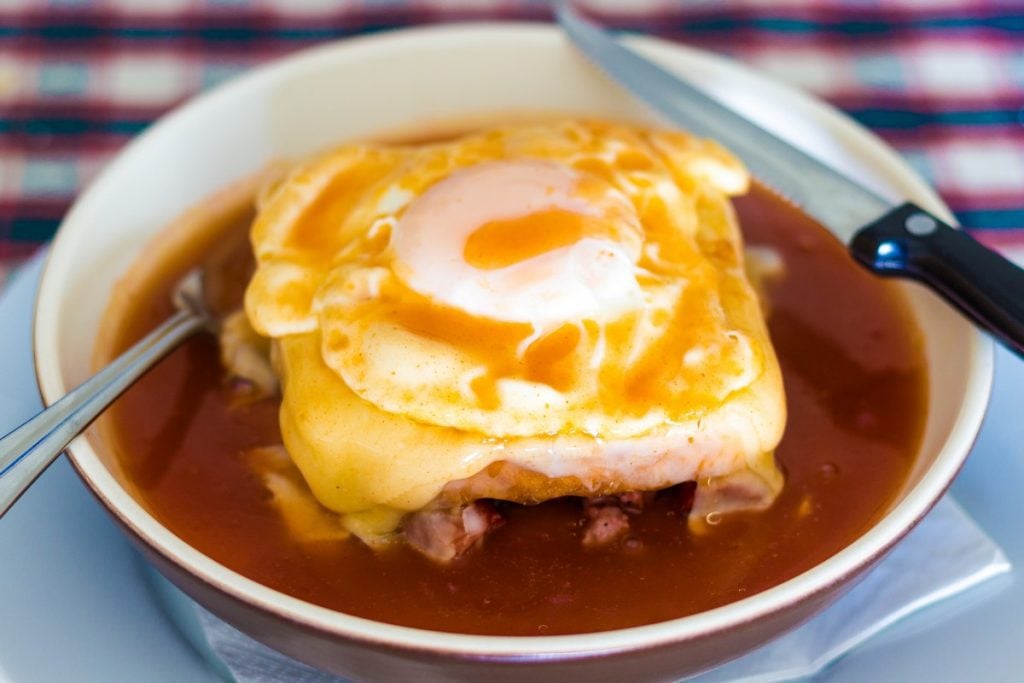
Francesinha - Portugal
In Porto, the francesinha is the most popular sandwich, made with sandwich bread, salami, sliced veal, chorizo and cheese, enriched with a fried egg and cheese on the surface, to be served with a beer sauce. Literally, the name means "little French girl" and the reason is obvious: it seems to have been a Portuguese emigrant returning from France who conceived the recipe, inspired by the French Croque Madame.
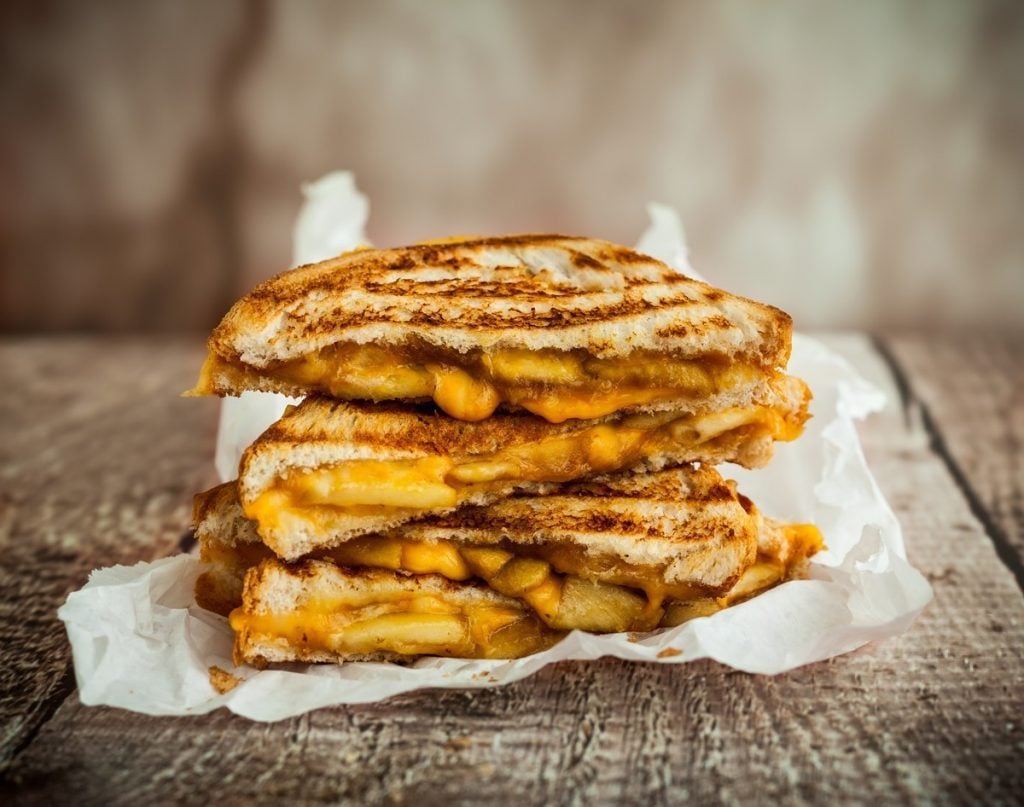
Grilled cheese sandwich - United States
What's better than melting cheese between two slices of bread? This is the simple and infallible secret of the grilled cheese sandwich, buttered bread slices stuffed with cheese and then grilled until it becomes crisp on the outside and melty in the middle. The first combinations of bread and cheese are lost in the mists of time and traceback to ancient Roman recipe books. In the United States this delight was very popular at the beginning of the 20th century, and then a few years later during the Great Depression, when substantial but cheap dishes were the norm. At the time only one slice of bread with melted cheese was used, the second was added only for workers who needed more energy. An even richer and more famous version is the one invented by Elvis: bread spread with peanut butter and stuffed with cheese and bacon, covered with butter on the outside and fried in a pan. He was a true lover of junk food, the king of rock!

Hamburger - United States
Symbolic of US cuisine, street food most loved by young and old, a delicious and quick dinner, good for take out, to eat while walking or sitting at a diner, or grilled at home: the hamburger is the American dish par excellence, which has long been present in kitchens all over the world. Classic, gourmet, vegan: today you are spoiled for choice but the original version includes a ground beef patty, cooked quickly over high heat to obtain a perfect bark. Inside, the meat must be tender and succulent, possibly rare, to be served with sauces, lettuce leaves, sliced tomatoes and folded in a traditional hamburger bun, to be grilled just before closing the sandwich.
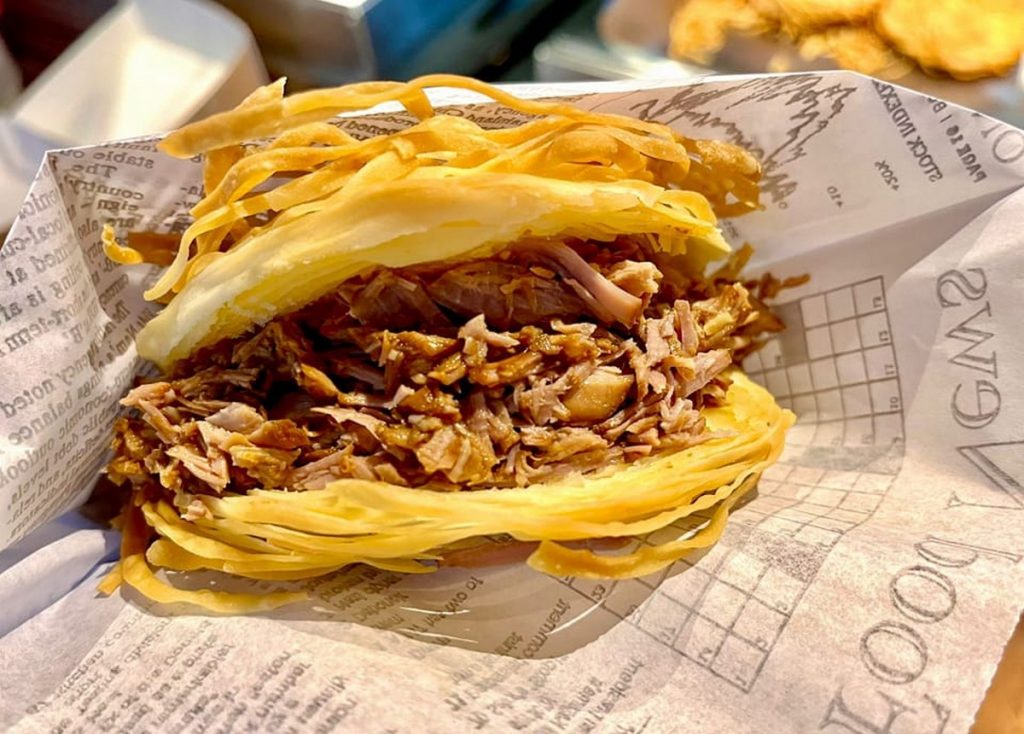
Phots by JiAmo Lab, Rome
Jiamo – China
A delicious crisp sandwich, sometimes also called roujiamo, with the prefix 'rou' which means "of meat" and the remaining particles 'jia' and 'mo,' respectively "to be stuffed" and "sandwich." A typical specialty of north-central mainland China, where there is a large production of wheat. The recipe includes flour, yeast, eggs and water, which give life to a thin sheet to be rolled up and then baked. It is then stuffed with meat or other ingredients. To taste really good ones, in Rome there's JiAmo Lab, specialised in this very product.
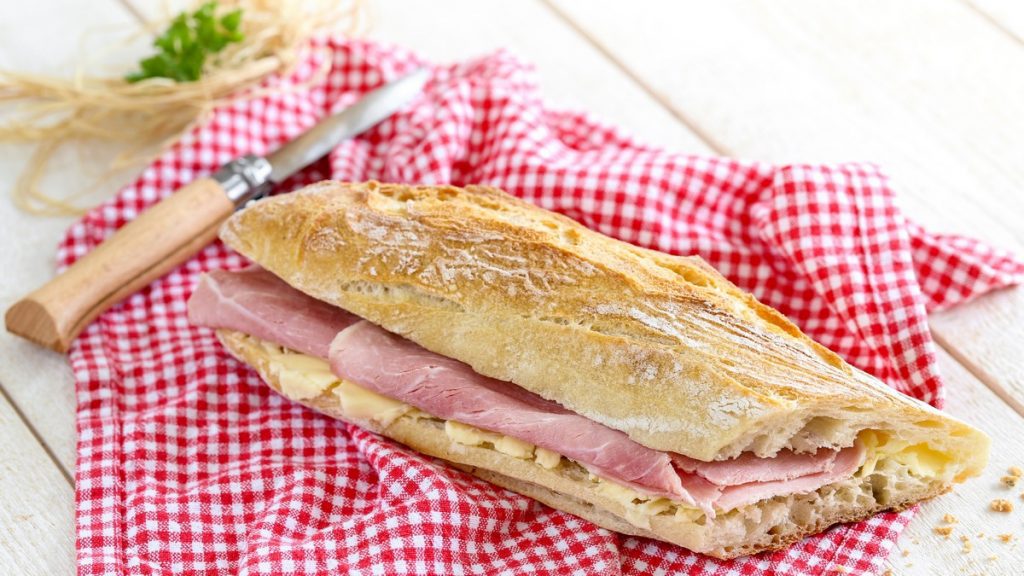
Jambon beurre – France
A classic combination that never goes out of style: in Paris the classic sandwich is with butter and ham, very tasty in its simplicity. Also called the Parisien for its association with the capital, the sandwich became famous in the late 19th century thanks to the workers of the Les Halles market in Paris, and then reached its maximum success starting from the 1920s, a moment of splendour for the baguette. A modern bread that is practical and perfect for cutting and stuffing.
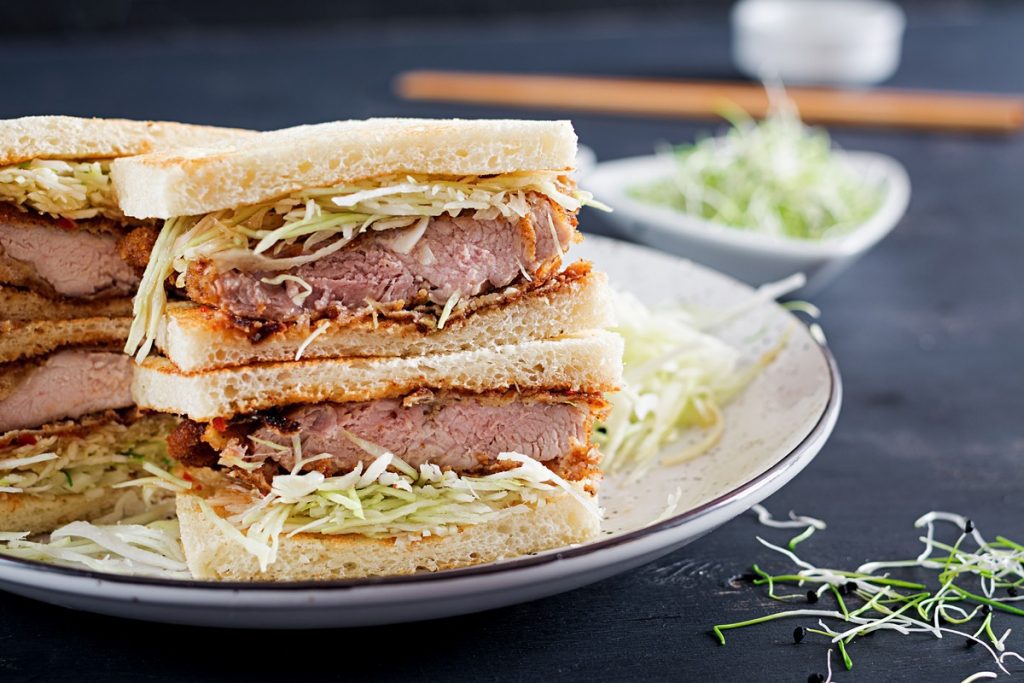
Katsu sando - Japan
There is no certain information about the birth of katsu sando, but the recipe for Japanese pork cutlet seems to date back to the 19th century. In any case, it is a sandwich stuffed with a breaded cutlet, in more recent times also prepared with the fine Kobe beef, named after the combination of the words "katsu," cutlet, and "sando," Asian abbreviation for sandwich. At the base, a special bread, the shokupan, soft and similar to white bread, filled with meat breaded with panko and a very thick, spicy sauce.
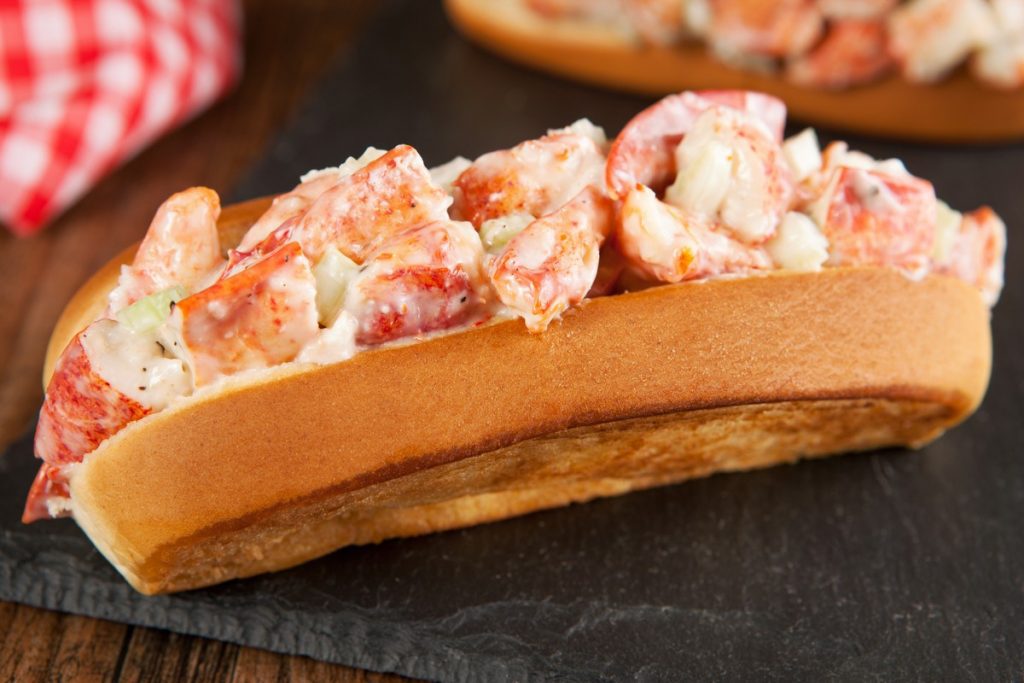
Lobster roll - United States
There are two reasons why the state of Connecticut is world famous: Yale University and the lobster roll. A soft roll filled with fresh lobster salad, a kind of hot dog version of fish invented for the first time at Perry's restaurant in Milford in 1929 and initially served as a hot dish. Over time, its popularity spread along the coast and the lobster roll became a typical local street food commonly associated with the state of Maine, the home of fictional Cabot Cove village from "Murder She Wrote," but it can be found all over the New England seaside resorts.
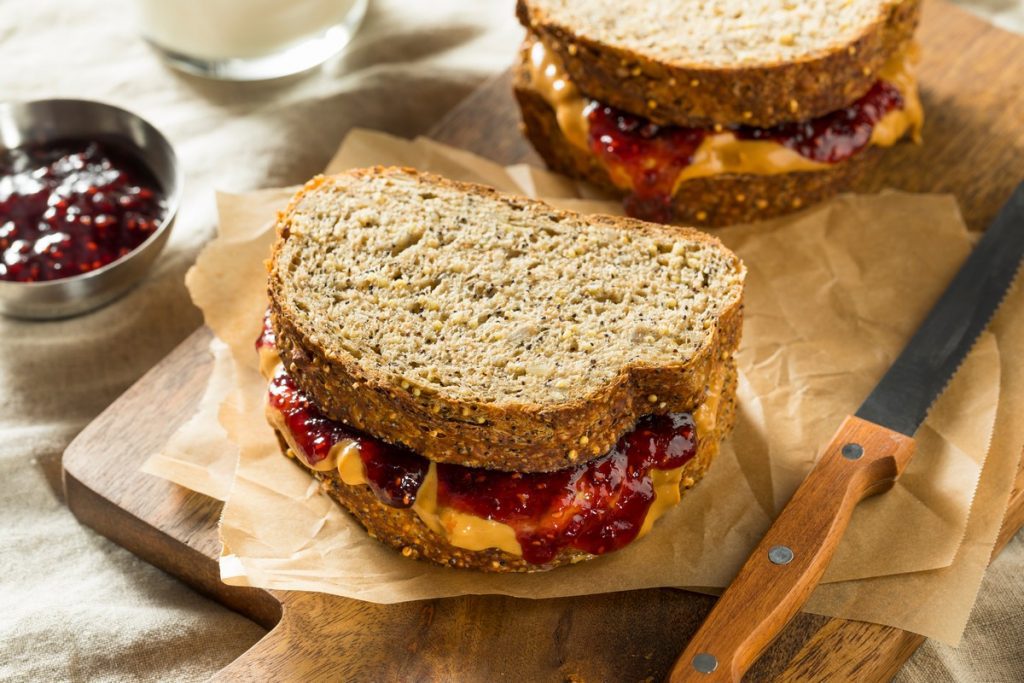
Peanut Butter and jelly sandwich - United States
Nothing better than a sandwich slathered with peanut butter and jelly for an American-style snack, one of the favourite pairings in the United States that is becoming increasingly popular in Italy as well. But who invented peanut butter? Legend has it that the ancient Inca natives of South America were the first to grind peanuts into a cream, but another theory holds that it was John Harvey Kellogg (creator of corn flakes) who first created the recipe at the end of the 19th century. Another hypothesis is this: A St. Louis doctor perfected the preparation as a protein substitute for his older toothless patients who could not chew meat. In any case, in America it has been on the market since 1904, the year in which it was presented at the world exhibition in St. Louis, and immediately became famous among the armed forces: it is purported that it was the army that decreed the success of the peanut butter and jelly sandwich, an essential snack for the troops during WWII.

Pastrami sandwich - United States
The pastrami sandwich has become an American dish (especially in the version with mustard and gherkins) thanks to the comedy When Harry Met Sally, with the unforgettable scene of the fake orgasm at the table of Katz's Deli in New York City, but the recipe actually has Turkish origins. The Ottomans were the first to dry and salt meat (goat or mutton) flavoured with spices. The dish later spread to Eastern Europe, until the Romanians adapted it using mostly duck meat. The pastrami meat arrived in the Big Apple with the Romanian immigrants, who were however forced to replace duck meat with cheaper beef brisket, and to lighten the brine thanks to the advent of the refrigerator, making pastrami even more tender, in the original language called pastramă and then Americanised with the name we all know.
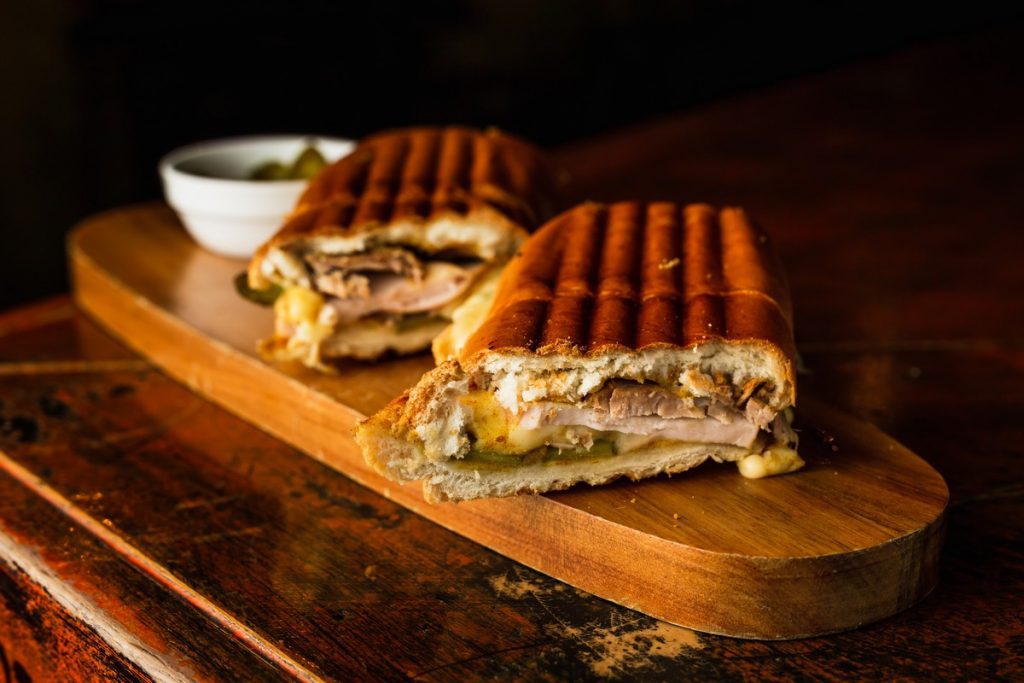
Cuban sandwich - Cuba
Among the must-try street foods in Cuba, the Cuban sandwich undoubtedly holds first place. This is a delicious sandwich stuffed with meat, ham and cheese; once it was the meal of the local workers employed in the cigar and sugar factories. The sandwich is so delicious that it soon spread to North America, starting with Florida, where it is still today a very popular street food.

Smørrebrød – Denmark
Slices of rye bread slathered with butter and stuffed to taste, much appreciated in Denmark and in many Northern European countries: voilà smørrebrød, a specialty that for some years now has been experiencing a revival that's more or less faithful to the original in various Italian cities. Delicious open sandwiches called that way from the union of the words butter (smor) and bread (brod), probably born among the peasant families of the past, which paired cured meats, cheeses or dried fish with simple bread and butter to have more sustenance during the toil in the fields. Today it's found in many versions and there is no shortage of addresses to taste them in Italy (try Smor in Rome or Bjork Swedish Brasserie in Milan).
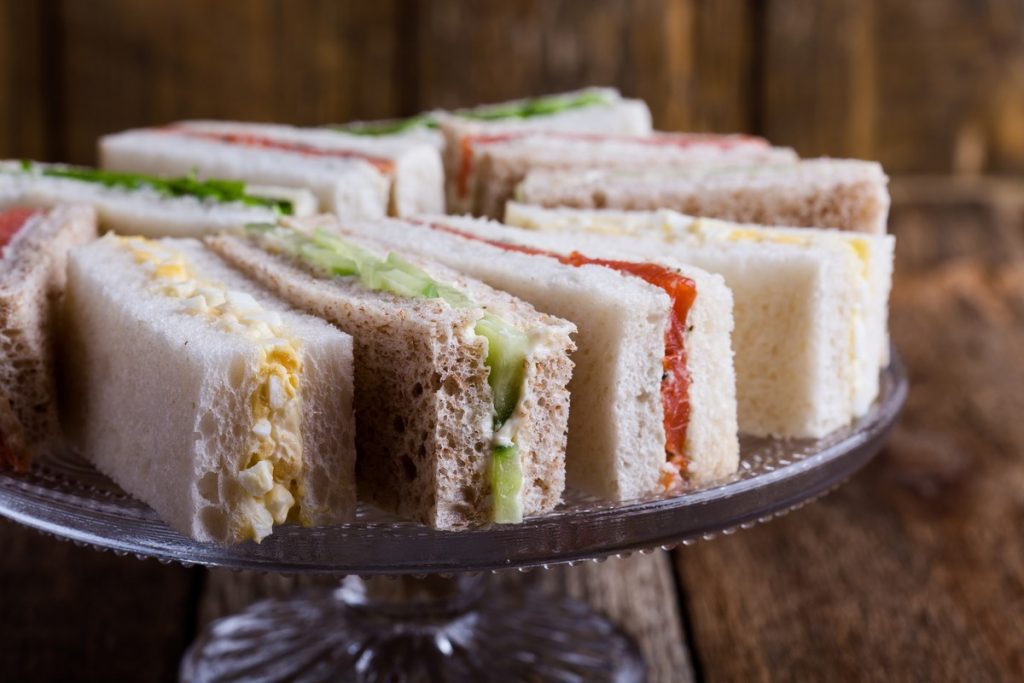
Tea sandwich – Great Britain
For a perfect afternoon tea, English tables can not include finger sandwiches, cut into rectangular strips and usually stuffed with butter and cucumbers. However, they are also found with spreadable cheese and smoked salmon, mustard and ham, or stuffed with coronation chicken: a cold chicken salad dressed with a mayonnaise-based sauce, herbs and spices, prepared for the first time on the occasion of the coronation of Queen Elizabeth II in 1953.
by Michela Becchi

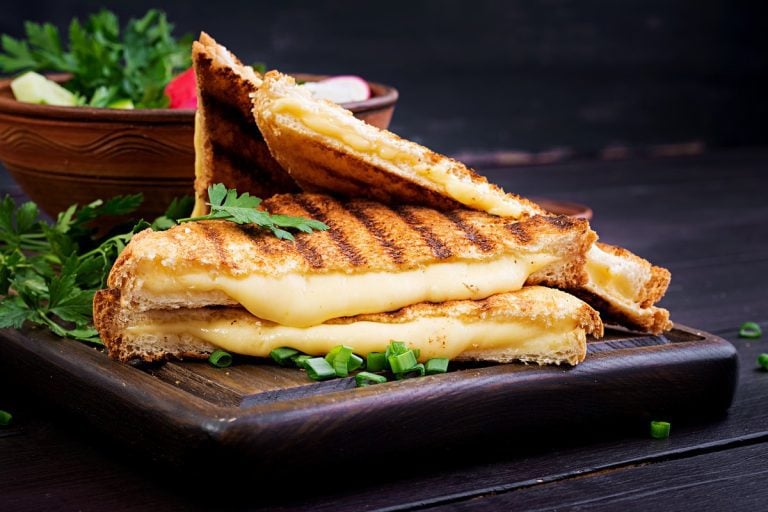
 US tariffs: here are the Italian wines most at risk, from Pinot Grigio to Chianti Classico
US tariffs: here are the Italian wines most at risk, from Pinot Grigio to Chianti Classico "With U.S. tariffs, buffalo mozzarella will cost almost double. We're ruined." The outburst of an Italian chef in Miami
"With U.S. tariffs, buffalo mozzarella will cost almost double. We're ruined." The outburst of an Italian chef in Miami "With US tariffs, extremely high risk for Italian wine: strike deals with buyers immediately to absorb extra costs." UIV’s proposal
"With US tariffs, extremely high risk for Italian wine: strike deals with buyers immediately to absorb extra costs." UIV’s proposal Meloni: "Tariffs? If necessary, there will be consequences. Heavy impact on agri-food sector"
Meloni: "Tariffs? If necessary, there will be consequences. Heavy impact on agri-food sector" The Government honours the greats of Italian cuisine, from Bottura to Pepe. Massari: "Thank you, Meloni, the only one who listened to us"
The Government honours the greats of Italian cuisine, from Bottura to Pepe. Massari: "Thank you, Meloni, the only one who listened to us"






